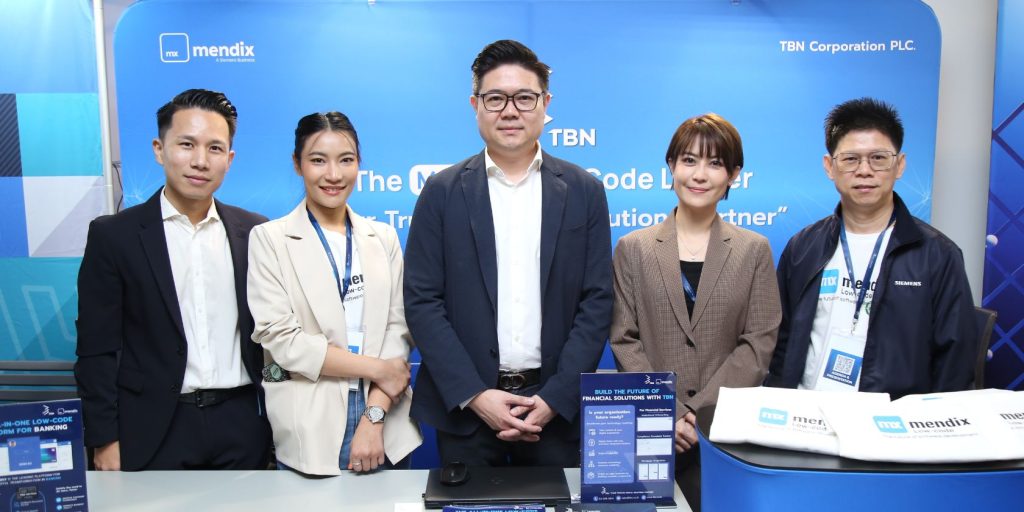
The goal
Chris and Jeremiah were challenged to build an application that would consolidate various HR processes, allow task-tracking, and support seamless manager-employee communication (so-called HR employee inbox app). The tasks needing tracking included training, peer evaluation, and PTO requests. The two types of app end-users were employees and managers (admins).
Chris and Jeremiah had built the same application in the past as part of their school project, so they were interested to see how it would compare to building in low-code.
Months vs weeks
One of the main benefits that Chris and Jeremiah were keen to talk about was the speed of development. When they built the same application at university, they were working in teams of 10 (including various roles: front-end, back-end, design, scrum master) and it took them three months to develop the application. Using Mendix, they got the same results in just three weeks with only a team of two. This left them with more time to focus on innovation instead of boring, repetitive tasks. They chose to concentrate on the usability of the app by addressing efficiency and streamlining small bug fixes while using code.
Accelerate your way to the end result
Chris and Jeremiah pointed out that using the Mendix Platform allowed them to accelerate app delivery across the entire application development lifecycle, from ideation to development, deployment, and ongoing management. The same application developed with code needed multiple platforms and frameworks:
- Front-end – React
- Back-end – Express JS
- Database – PostgreSQL
This meant that introducing a change in one of the components required making changes in several places – something that added time-consuming extra steps.
Final outcome
The outcome of their build was an app that took HR functionality and centralized it in a single application. In addition to drastically accelerated development time, and the ability to focus more on innovating their original app idea, Chris and Jeremiah found that their background in traditional development helped them make the most out of the Mendix low-code platform.
“It was helpful to come from a computer science background in order to understand low-code. It’s more like shifting gears than starting something completely new. Essentially, it’s software development based on the same concepts, just using a slightly different toolset. It’s like learning a new coding language – once you know one, you learn the syntax of a different language and shift it this way.” – Jeremiah
To get a more in-depth look at what they did and what their thoughts on the process were, be sure to check out the full video interview!


